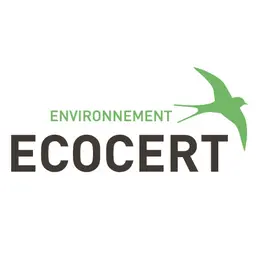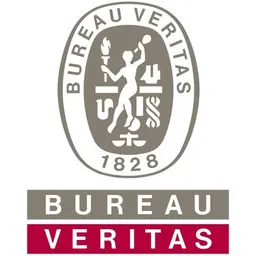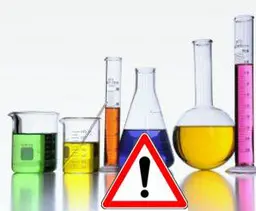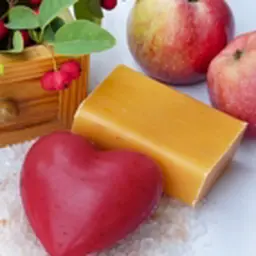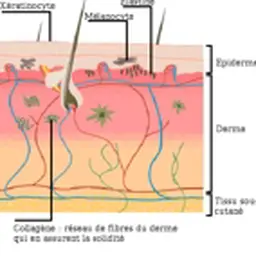
Label established in 2008 by the International Natural and Organic Cosmetics Association, an organisation created by long-term manufacturers of natural and organic cosmetic products, including mainly those of the German cosmetics association IKW (e.g., Laverana [Lavera], Logocos [Logona], Primavera, Santaverde, WALA [Dr. Hauschka], Weleda). The Label is granted to finished cosmetic products after an accredited, independent third-party certifier has reviewed a dossier submitted by the manufacturer and carried out an audit to verify a product’s compliance with the requirements of the NATRUE Standard. The Standard is internationally applicable.
The first principle of the NATRUE standard is that based upon origin and manufacture only substances classified as natural, nature-identical raw materials (derived from synthesis, but identical to those found in the nature) or derived natural are allowed. It also requires sustainable sourcing of palm (kernel) oil and its derivatives, lists the processes accepted for manufacture, provides formulation requirements for finished products according to the product category (e.g., oral care or sun care) by setting minimum levels of natural ingredients and maximum levels of derived natural substances, and defines requirements for carrier materials, as well as packaging that must be as limited as possible, recyclable and designed, as far as possible, for multiple use.
A natural substance means substances of botanical, inorganic or animal mineral origin (excluding dead vertebrate animals) or resulting from mixtures or reactions between the same substances, all exclusively derived from renewable raw materials. For fragrances only aromatic raw materials conforming to ISO 9235 and meeting the definition of a natural substance (e.g., essential oils) are allowed. The surfactants used for cleansing purposes must be fully biodegradable.
For preservation, eight synthetic “nature-identical” substances are allowed: benzoic, dehydroacetic, formic, propionic, salicylic and sorbic acids and their salts (except ethanolamine salts), as well as benzyl alcohol and silver chloride (deposited on titanium dioxide).
For processing, chemical reactions are permitted: hydrolysis (including saponification), neutralisation, condensation (with water removal), esterification, transesterification, dimerization, dehydrogenation, hydrogenation, hydrogenolysis, glycosidation, phosphorylation, pyrolysis, sulphatation, acylation, amidation and oxidation (with oxygen, ozone and peroxides or electrochemically). Ionization treatments or the use of chlorine chemistry are prohibited.
A two-tiered logo
There are two levels of requirements:
• Natural Cosmetics
The product must meet all the general requirements defined by the standard and comply with the minimum levels of natural substances and maximum levels of derived natural substances defined for each cosmetic category.
• Organic Cosmetics
In addition to the general requirements defined by the standard, 95% of the natural and nature-derived ingredients (if applicable) must come from organic farming.
A single logo representing the NATRUE seal appears on-pack, and labelling guidelines are available for communication to consumers.
To go further
• See the NATRUE website


